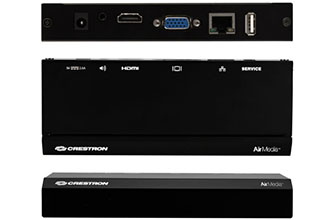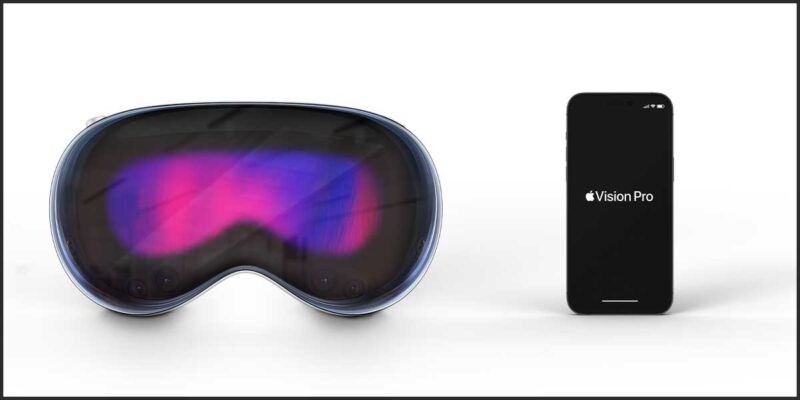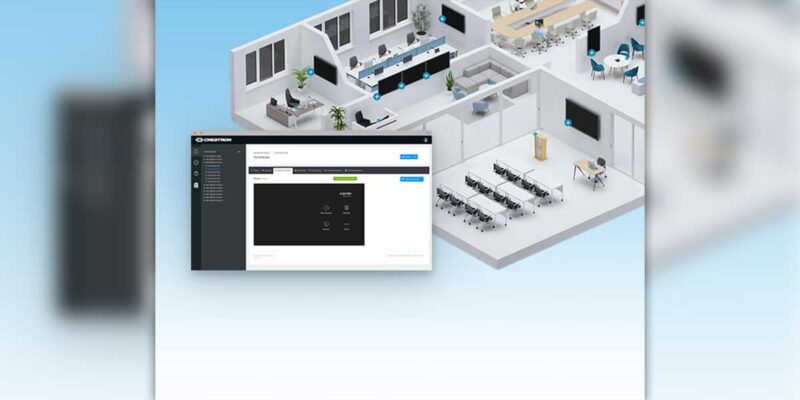Wireless Video: The Apple TV Reprise
 One year ago I wrote my first column for rAVe Publications. What a fun year it has been. I have been fortunate enough to have heard from dozens of people with feedback, comments and questions about my articles. Even my daughter got in on the fun a few months back. We had a conversation that went something like this:
One year ago I wrote my first column for rAVe Publications. What a fun year it has been. I have been fortunate enough to have heard from dozens of people with feedback, comments and questions about my articles. Even my daughter got in on the fun a few months back. We had a conversation that went something like this:
“Dad are you writing that geeky tech article?”
“Yes, Maddy, I am.”
“They haven’t gotten bored of you and fired you yet?”
“No, Maddy, they have not.”
“Oh. They will.”
Ahh, gotta love that teenage wit and sensitivity. Well, unless I am another Milton Waddams, rAVe has not fired me yet. But, just to be sure, someone send me a Tweet and let me know you actually saw this article show up somewhere.
In my first column, I wrote about Apple TV and the magic of how it just seemed to work. After a year of experimenting with it and other technologies, I come back to this topic with some more observations.
My first observation is about technology in general, but I will relate it specifically to wireless in this instance. For any technology to really grab hold and catch people’s interest it has to truly be a game changer. I think for a while this is why I avoided wireless. It did not really provide any REAL game changing moments for our classrooms. Sure, in the most odd installation, it may prevent me from having to core drill or jack hammer a floor. But, in the end that just made my life a little easier, without any impact on the end user.
How did Apple TV impact the user? Well, in a classroom setting very clearly. It allows a faculty member to move around a classroom with their device and instruct the class from where they want, rather than just from behind the podium. More importantly, it allows anyone in that class (with an iDevice) to display their content. This makes for much more fluid collaboration in a classroom. This device actually changed what we did with our teaching.
 Then, this past summer Crestron released its AirMedia device. This device has a very similar end result, although technically it gets there in a much different way. The AirMedia will allow you to stream content from your laptop through to your display device. The small caveat is that you need to download a piece of software. Crestron did about as good of a job on this as it could. The software is a single executable that does not need to be installed, only downloaded and run, so there should be very little to no troubleshooting required. Also, Crestron avoids the infamous “chattiness” of the Apple TV by not publicizing itself to the entire network. Instead, when the device is displayed on your screen, it shows you an IP address to enter into your browser. That page downloads and runs the executable. This type of setup is destined to make your network administrators much happier. The biggest drawback of the AirMedia device is that Apple does not license video streaming via AirPlay, so your iDevices can not mirror to the AirMedia. Crestron makes a rather clunky attempt at suggesting you just keep taking pictures of what you want to mirror and show that. Really? But, like the Apple TV, AirMedia adds value and changes what you can do.
Then, this past summer Crestron released its AirMedia device. This device has a very similar end result, although technically it gets there in a much different way. The AirMedia will allow you to stream content from your laptop through to your display device. The small caveat is that you need to download a piece of software. Crestron did about as good of a job on this as it could. The software is a single executable that does not need to be installed, only downloaded and run, so there should be very little to no troubleshooting required. Also, Crestron avoids the infamous “chattiness” of the Apple TV by not publicizing itself to the entire network. Instead, when the device is displayed on your screen, it shows you an IP address to enter into your browser. That page downloads and runs the executable. This type of setup is destined to make your network administrators much happier. The biggest drawback of the AirMedia device is that Apple does not license video streaming via AirPlay, so your iDevices can not mirror to the AirMedia. Crestron makes a rather clunky attempt at suggesting you just keep taking pictures of what you want to mirror and show that. Really? But, like the Apple TV, AirMedia adds value and changes what you can do.
 Now, let’s get back to the Apple TV and the major drawback of it. We have all heard that the Apple TV is too chatty and “not routable” therefore it can not function on our corporate networks. Well, I sat down with our network administrator Greg McLauglin and got to the bottom of that. Because it was designed to work in your home, and have absolutely no configuration, Greg explained to me that Apple uses technology it calls Bonjour to communicate via AirPlay. Bonjour is simply Apple’s name for multicast DNS, also known as NConf. Devices running AirPlay are constantly communicating on the network and telling each other that they are available, and what their capabilities are. Each device keeps a little database of all the other devices on the network. Therefore, when it is time to connect, everybody knows everybody. This causes a lot of network traffic. On your home network, with five or six devices, who cares? On a school or corporate network, with hundreds of devices, it is a big deal. So, these networks are often designed by default to stop multicast DNS from crossing any routers. If you have a large network with multiple buildings, you will have routers, and your network administrator will be blocking the traffic from crossing that router (and rightfully so).
Now, let’s get back to the Apple TV and the major drawback of it. We have all heard that the Apple TV is too chatty and “not routable” therefore it can not function on our corporate networks. Well, I sat down with our network administrator Greg McLauglin and got to the bottom of that. Because it was designed to work in your home, and have absolutely no configuration, Greg explained to me that Apple uses technology it calls Bonjour to communicate via AirPlay. Bonjour is simply Apple’s name for multicast DNS, also known as NConf. Devices running AirPlay are constantly communicating on the network and telling each other that they are available, and what their capabilities are. Each device keeps a little database of all the other devices on the network. Therefore, when it is time to connect, everybody knows everybody. This causes a lot of network traffic. On your home network, with five or six devices, who cares? On a school or corporate network, with hundreds of devices, it is a big deal. So, these networks are often designed by default to stop multicast DNS from crossing any routers. If you have a large network with multiple buildings, you will have routers, and your network administrator will be blocking the traffic from crossing that router (and rightfully so).
Apple has no incentive to try and change this. This was designed for home use, and it is truly simple to use in your home. So, we look to third party vendors to solve this problem. Greg explained to me that our network equipment manufacturer, Aruba, has developed a product called ClearPass. This product sits in between your routers and manages the databases for all your Bonjour traffic. So, when a iPad on one VLAN wants to connect to an Apple TV on another VLAN, this product knows about both and gives them direct access to one another.
We are still faced with one problem: iOS devices can only manage a list of about 30 other devices. Desktop or laptops can handle about 60 devices. The full set of devices you may have on your campus could be well over that number. So it is possible that sitting in a classroom, you might not even see the Apple TV in that classroom, because it did not make the list of 30 your iPad could see. Aruba is working on this issue with a product called AirGroup. This product allows you to manage, categorize and group your devices. You can selectively show them to your users based on access level or location.
The development of these products show how the market continues to change. If during this column you double checked that you were reading rAVe and not Network World, then you are starting to realize these changes. Can an AV sales person be just that anymore? No. Dealers either need to have in house IT support, or partner up with an IT company. You simply can’t sell these solutions without knowing both sides of the business.
We have come a long way with wireless video from a year ago. Of course, the technical aspects of it amaze and interest me. However, the USES of it are what I really love to see. I love to work with and see technology that really changes how we work, and teach. What are your thoughts? Send me an email or a tweet. I look forward to hearing from you.





